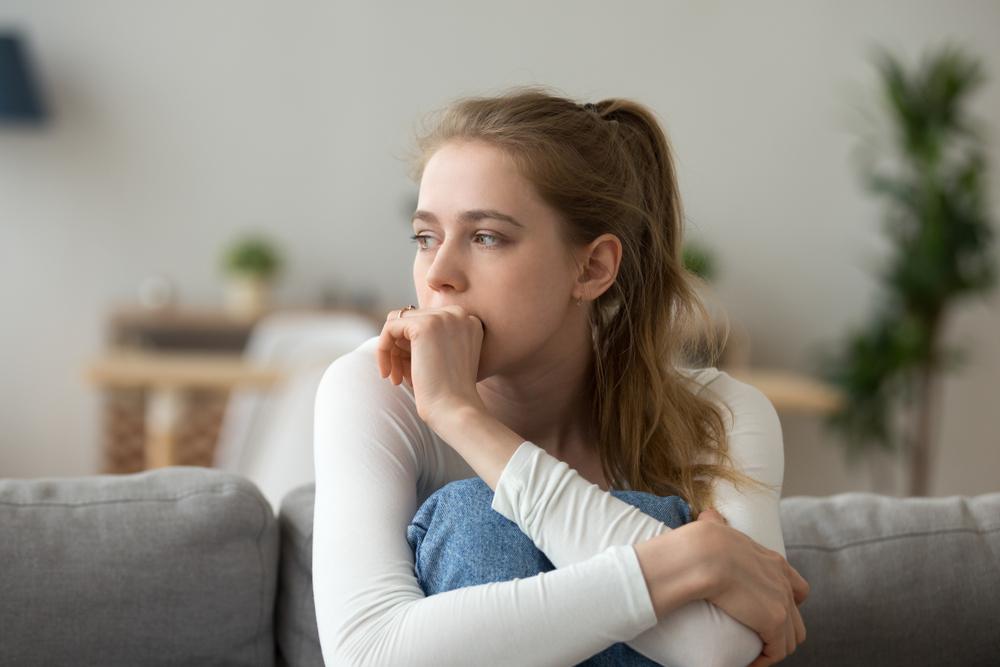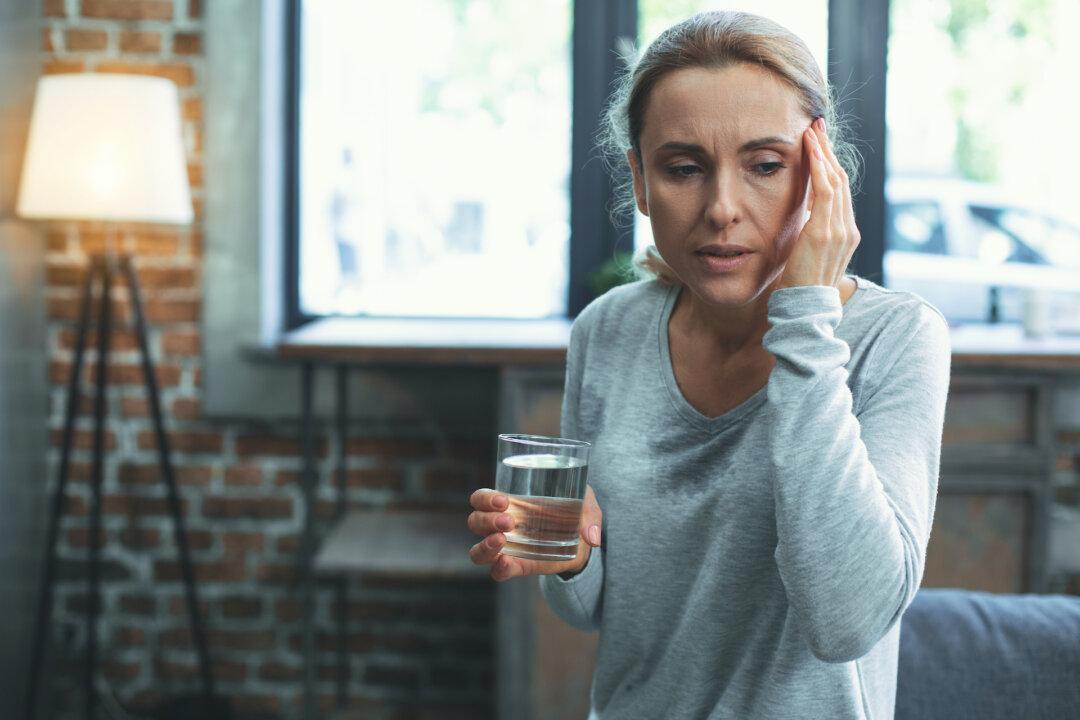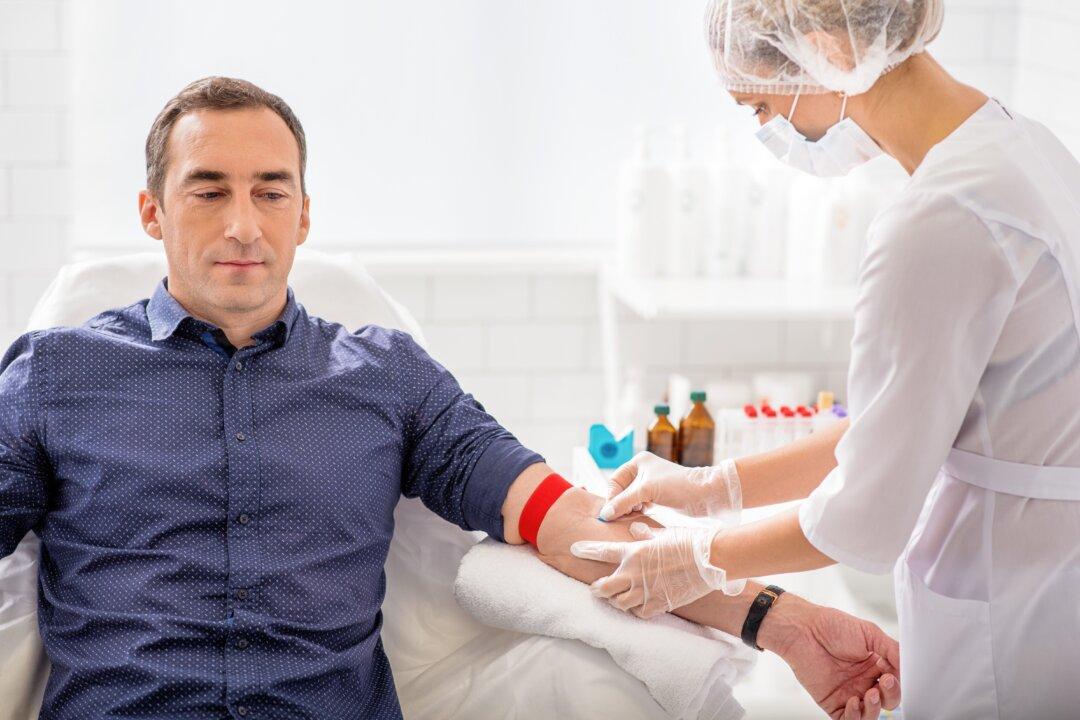Anxiety is the most common mental illness in the United States, estimated to affect over 40 million adults, according to the Anxiety and Depression Association of America. In addition to pharmaceutical interventions, many other therapies can help people improve their neurophysiology and overall mental health.
Common symptoms of anxiety include:
- Restlessness, feeling on edge
- Easily fatigued
- Irritability, emotional instability
- Inability to control feelings of worry
- Excessive feelings of worry
- Insomnia, restless sleep, sleep issues
- Breathlessness, excessive sweating
- Desire to avoid things that trigger anxious feelings





